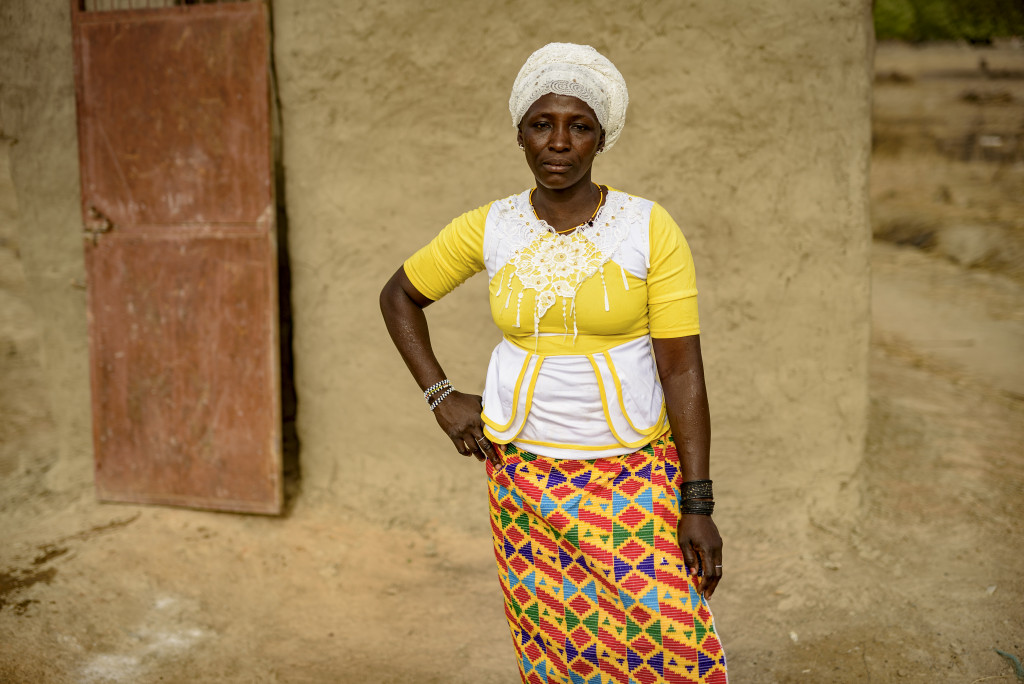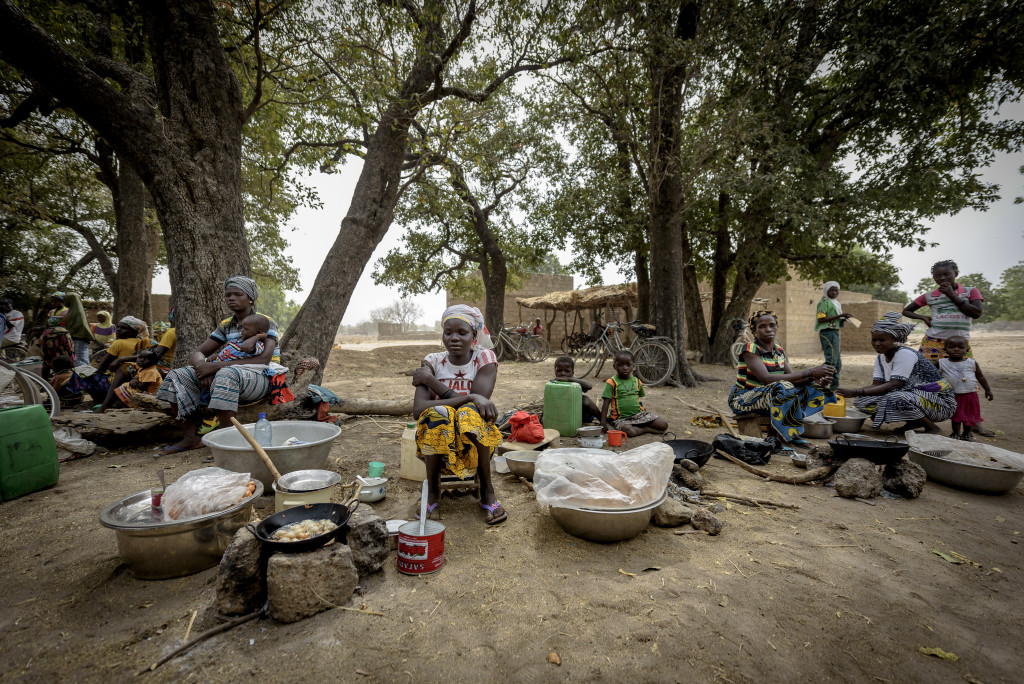Léo, Center-West region, Burkina Faso
In collaboration with

August 2020 – August 2021
The CLTS (Community Led Total Sanitation) methodology was applied during the project’s first phase, eradicating open defecation. We now improve the sustainability of latrines and strengthen the capacities of health centres and communities.
Objectives
- Strengthen the water and sanitation capacities of health centers and communities in the commune of Léo by improving their health and living conditions, in particular those of women and children.
- Improve the technical durability of 100 locally built latrines during the CLTS phase (see project) making them more sustainable through the communities.
- Contribute to strengthening the resilience of communities to COVID19.
Beneficiaries
700 direct
400 children under the age of 15 and 399 women
9,600 indirect
6,300 children under 15 and 4,940 women.
Families from the same rural communities and other neighboring communities, the users of health centers, community and health authorities that participate in the project.

On the ground
There is a high persistence of water-borne diseases among boys and girls in an area with a high prevalence of open defecation.
The Center-West Region of Burkina Faso has a rate of access to sanitation infrastructures of 26% and a high prevalence of open defecation of 68%. The percentage of the population with no access to an improved water source is of 18%. In rural areas of the region, the rate of household access to sanitation infrastructures has fallen to 11.9%.
This situation results in a high persistence of water-borne diseases among children. The prevalence of diarrhea reaches 20.7% in children under the age of 5. These diseases are also some of the main causes of malnutrition; 10.4% of children under the age of 5 suffer from acute malnutrition. The rate of stunting, caused by chronic malnutrition, reaches 30.2%. Both waterborne diseases and malnutrition contribute significantly to the high infant mortality rate (82 per 10,000 live births, MICS 2010). In turn, the Covid-19 pandemic is ravaging the country and action is needed to prevent contagion.

In detail
During the first phase of the project, the CLTS (Community-Led Total Sanitation) methodology was applied. The sustainability of latrines will be improved now. To do this, 100 vulnerable households from 19 communities in the Léo commune will be chosen and the already existing latrines will be improved, serving as a model for all other families.
In this second phase, the We Are Water Foundation’s guidelines for the sustainable construction of latrines will be followed, as summarized in the Manual for the construction of latrines and wells. The Ministry of Water and Sanitation (MEA) and the Ministry of Health (MoH) of Burkina Faso will support these guidelines, as well as the regional technical services, communities and NGOs that collaborate with them.
To enable other families to replicate the improvements to their latrines, women community leaders will be trained in water and sanitation issues and organized into village savings and loan associations (VSLA), so that they can manage small loans to improve family latrines for other households. Moreover, 20 health centers will be supported with equipment and materials.
In order to respond to Covid-19, awareness-raising actions aimed at preventing contagion will be carried out and hygiene and Covid-19 kits will be supplied to health centers.
After the previous CLTS phase, the project foresees the post-ODF (Open Defecation Free) phase based from the beginning on community participation, both in the location of the latrines, as well as in the identification of inadequate hygiene practices; as well as the implication of these practices on health and the environment. Likewise, families are the ones who carry out the improvements in the latrines with the support and supervision of facilitators and provide part of the necessary material.
For this post-ODF phase, Sanitation Marketing will be used, a system focused on the development of local sanitation products to meet household sanitation demand after the CLTS phase.
These interventions significantly reduce diseases due to lack of hygiene, also reducing the rate of malnutrition and child morbidity. Likewise, the gender approach is integrated in all phases of the project, especially highlighting not only the participation of girls and women, but also the positive impact of the intervention on them (for example in menstrual hygiene issues). Girls and women are often the most disadvantaged groups in terms of lack of access to water and sanitation, either because they are the ones who travel long distances to provide water to their families, or because they are responsible for cleaning and maintaining the latrines and their use is sometimes limited to men.
Prospects for sustainability
All interventions are based on in-depth analysis and consultation processes with the beneficiary populations, national authorities and local and religious leaders in the intervention area. Community participation is present throughout the entire project cycle from diagnosis to construction work for the improvement of latrines or the provision of materials.
Hygiene promotion materials will be produced in the languages of the beneficiary populations and will be accessible to people with different levels of training and education.
The ultimate goal of the project is to improve the sustainability and durability of the latrines initially built in the CLTS phase. Given the high degree of participation of the local population, the impact of the intervention is greater, giving greater ownership of it and producing a change in behavior and habits. Similarly, considering the component of Sanitation Marketing, the proposal seeks to develop local sanitation products, accessible to families for the improvement of existing latrines.


